The Chinese government has approved a plan to send a robotic spacecraft to collect samples from an asteroid, according to the China National Space Administration's Lunar Exploration and Space Program Center.
The mission, called Tianwen 2, is designed to launch a probe to obtain samples from the 2016 HO3, the smallest and closest "quasi-satellite" to Earth, and bring them back. After accomplishing this goal, the main part of the craft will continue to fly toward a main-belt comet to explore it, the center said on Thursday in a notice inviting scientists to a workshop on this mission.
The workshop is scheduled to take place in Hefei, Anhui province, on April 27 and 28 and will be open to researchers from the Chinese mainland, Hong Kong and Macao special administrative regions, and Taiwan.
Main topics will include the Tianwen 2's basic plan, scientific goals, mission payloads, operational patterns as well as updates on asteroid studies, the center noted.
According to Ye Peijian, a leading spacecraft researcher at the China Academy of Space Technology, the asteroid mission's basic idea is to use a large carrier rocket to send a probe consisting of two parts — an orbiter and a reentry module — toward the 2016 HO3. After approaching the asteroid, the spacecraft will first orbit around the small body and then fly very close to it to use a mechanical arm to scoop dusts from its surface. Carrying the samples, the probe will fly back to Earth orbit and release its reentry module, allowing it to fall back to the ground with the samples.
The orbiter will then travel toward a main-belt comet named 311P to continue its scientific exploration tasks, he said.
Scientists have identified about 1 million asteroids in our solar system, with more than 20,000 of them traveling near Earth.
2016 HO3, also known as 469219 Kamo'oalewa, was first spotted in April 2016 by an asteroid survey telescope at the Haleakala Observatory in Hawaii.
The celestial body travels in an orbit around the sun that makes it a constant companion of Earth. It is too distant to be considered a true satellite of Earth, but it is the best and most stable example to date of a near-Earth companion, or quasi-satellite, experts from NASA have said.
The Tianwen 1 mission, China's first independent interplanetary exploration, traveled more than 470 million kilometers and then succeeded to deploy a rover named Zhurong on Mars in May 2021. The rover has so far traveled nearly 2,000 meters on the Red Planet and collected a great deal of raw data.










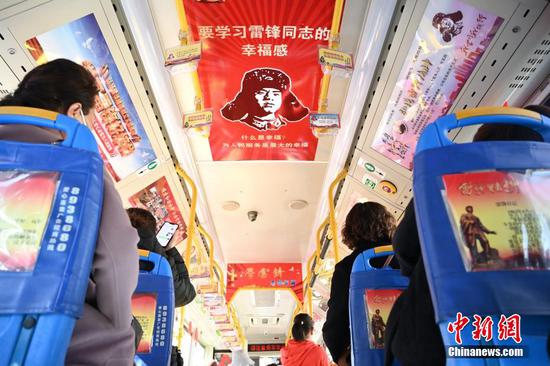
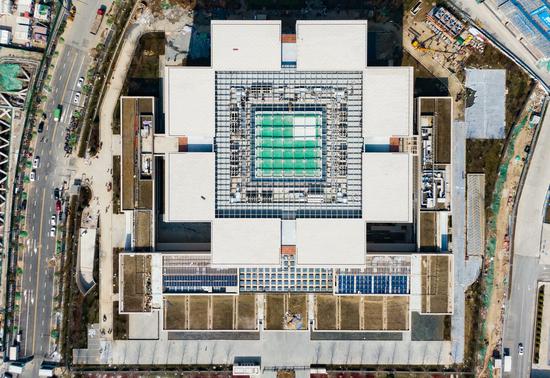

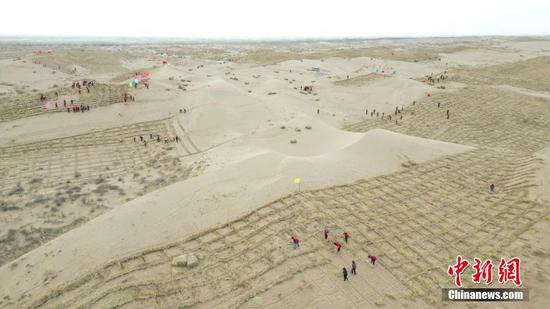
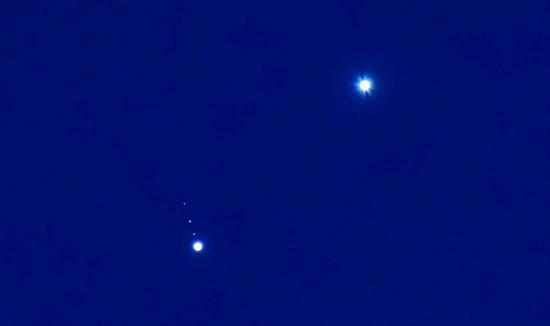
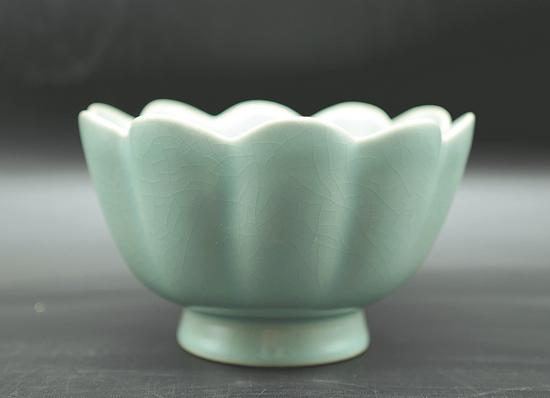


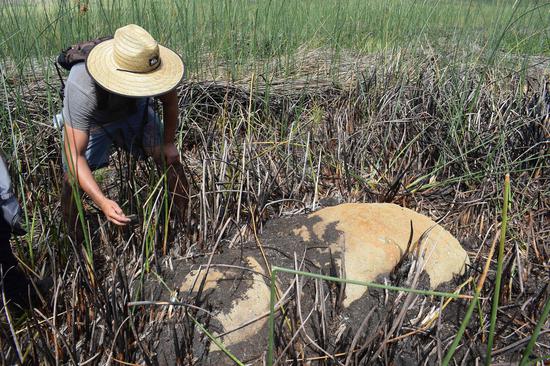



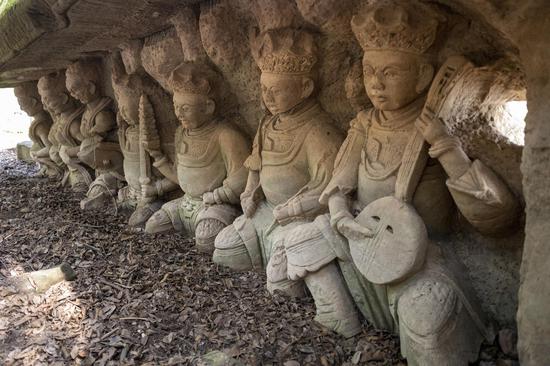
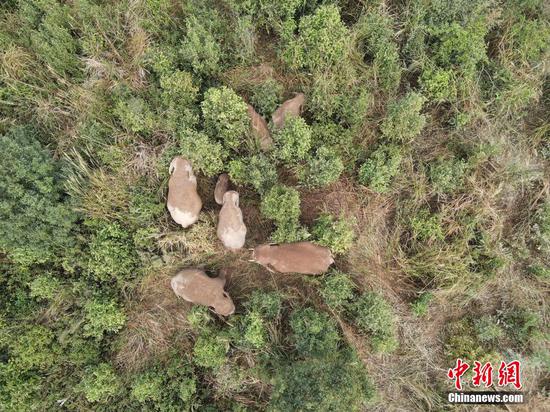




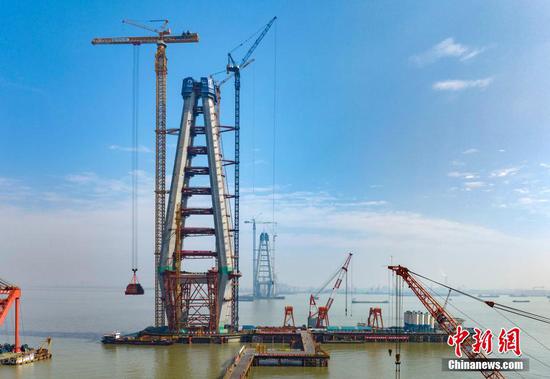






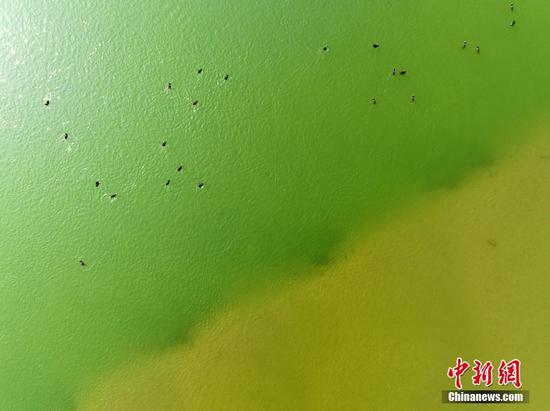



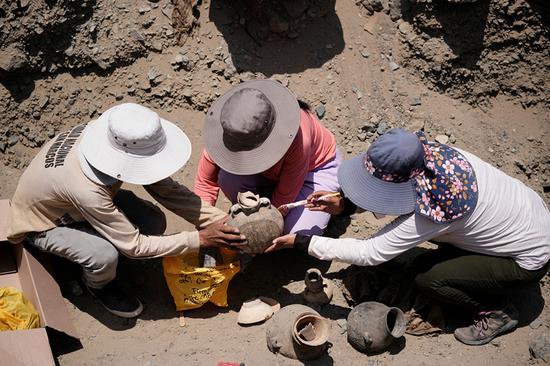
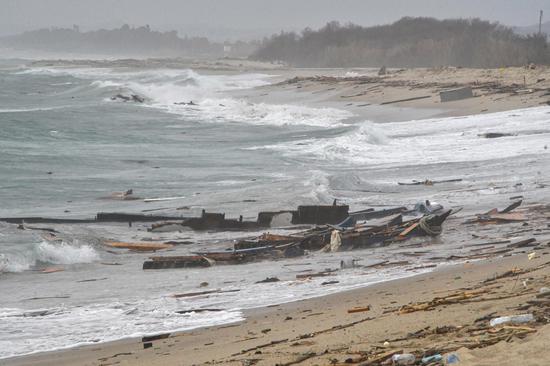
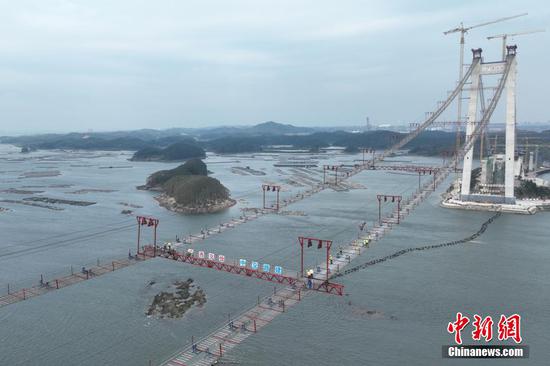

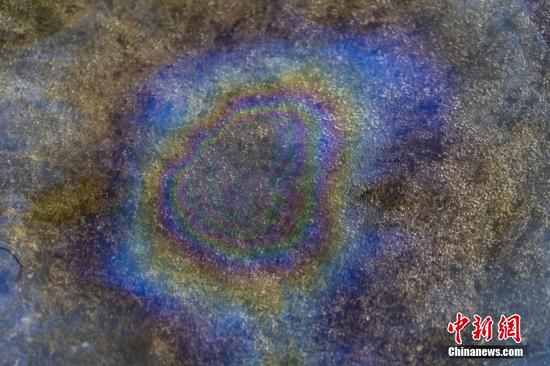






 京公網(wǎng)安備 11010202009201號(hào)
京公網(wǎng)安備 11010202009201號(hào)